[Anniversary] Citroën C1: it celebrates its 20th anniversary
- Jérémy

- Aug 10
- 4 min read

After boldly entering the small car segment with the C2, Citroën took another significant step forward in 2005. The chevron brand launched an innovative city car, the C1, born from a strategic collaboration with Peugeot and Toyota. The objective of this alliance was to pool development and production costs to establish a strong presence in the A-segment—a market known for its tight profit margins but essential for sales volume. Twenty years later, with the C1 having gracefully exited the stage, its journey remains a fascinating case study of an era defined by ingenuity and adaptation. It is time to revisit the compelling history of this city car that left a lasting impression.
The first generation (2005-2014): the birth of a playful trio
The genesis of the Citroën C1 is intrinsically linked to the agreement signed in 2001 between PSA Peugeot Citroën and Toyota. This partnership led to the creation of the TPCA (Toyota Peugeot Citroën Automobile) factory in Kolín, Czech Republic, which produced three automotive cousins: the Citroën C1, the Peugeot 107, and the Toyota Aygo. The project, codenamed B-Zero, aimed to create an economical, lightweight car perfectly suited for the urban jungle. Although they shared the same platform and engine options, each brand successfully infused its own distinct character into its model. The Citroën C1 stood out with its optimistic design, featuring large, round headlights that gave it a friendly and instantly recognizable face. In contrast to the Peugeot 107's wide "mouth" grille or the Toyota Aygo's more angular lines, the C1 embraced a softer, rounded aesthetic. This was further enhanced by its clever all-glass tailgate, a feature that was both stylish and practical. Under the bonnet, the range was primarily powered by a 1.0-litre 3-cylinder petrol engine of Toyota origin, renowned for its reliability and excellent fuel economy. A 1.4-litre HDi diesel engine from PSA was also offered, though it remained a more niche choice. Over its long nine-year career, the first-generation C1 received two facelifts to keep it current: a subtle update in 2009 refined the front bumper, followed by a more significant redesign in 2012 that introduced a new front fascia with vertical LED daytime running lights, a visual signature of Citroën models of that period. Offered in 3- and 5-door versions with straightforward trim levels, the C1 became a genuine commercial success, appealing to a wide audience with its agility and low running costs.
The Second Generation (2014-2021): confirmation through maturity and technology
To follow up such a popular model, Citroën knew it had to make a strong statement. The brand first teased its new direction at the 2014 Geneva Motor Show with the C1 Swiss & Me concept car, a playful and rugged version that hinted at a more upmarket feel and an even stronger personality. Shortly thereafter, the production version of the second-generation C1 was unveiled, confirming this new ambition. While retaining its predecessor's platform, the C1 II was an entirely new car in appearance. The exterior design gained a sense of maturity and character, adopting the high-tech, split-optic headlight design that had proven successful on the C4 Picasso. Customization became a key focus, with two-tone body paint options and vibrant interior color packs. The cabin took a spectacular leap forward in quality, featuring more refined materials and the integration of a 7-inch touchscreen with Mirror Screen technology, a first for the segment. Comfort, a core value for Citroën, was also enhanced with improved suspension and new seat designs. The C1 II also innovated by introducing a convertible version named Airscape, which featured a large, retractable fabric roof. On the engine front, the 1.0 VTi Toyota-sourced engine was updated, but the major news was the introduction of the 1.2 PureTech 82 hp engine. This 3-cylinder PSA unit gave the little city car unprecedented versatility and a welcome dose of dynamism for journeys beyond the city limits. However, all good things must come to an end. In 2018, PSA announced its withdrawal from the TPCA joint venture by 2021, leaving Toyota with full ownership of the factory. This strategic decision, driven by the low profitability of the A-segment and the massive investment required for upcoming Euro 7 emissions standards, sealed the C1's fate. Production ceased at the end of 2021, with no direct successor announced.
Two decades and two generations later, the Citroën C1 is no longer part of the brand's lineup. Stellantis, the group formed from the merger of PSA and FCA, has made a deliberate choice to withdraw from an A-segment that has become overly complex and expensive. This strategy contrasts sharply with Toyota's, which chose to persevere by launching a third generation, the Aygo X. Despite being positioned at a significantly higher price point, the Aygo X is enjoying commercial success, proving that a market for clever small cars still exists. For Citroën, the business case for a new city car below the C3 has become difficult to justify, especially as the new C3's entry-level pricing now overlaps with the final pricing of the C1. The story of the Citroën C1 remains one of a successful industrial gamble and an endearing car that left its mark on the European automotive landscape for nearly two decades.


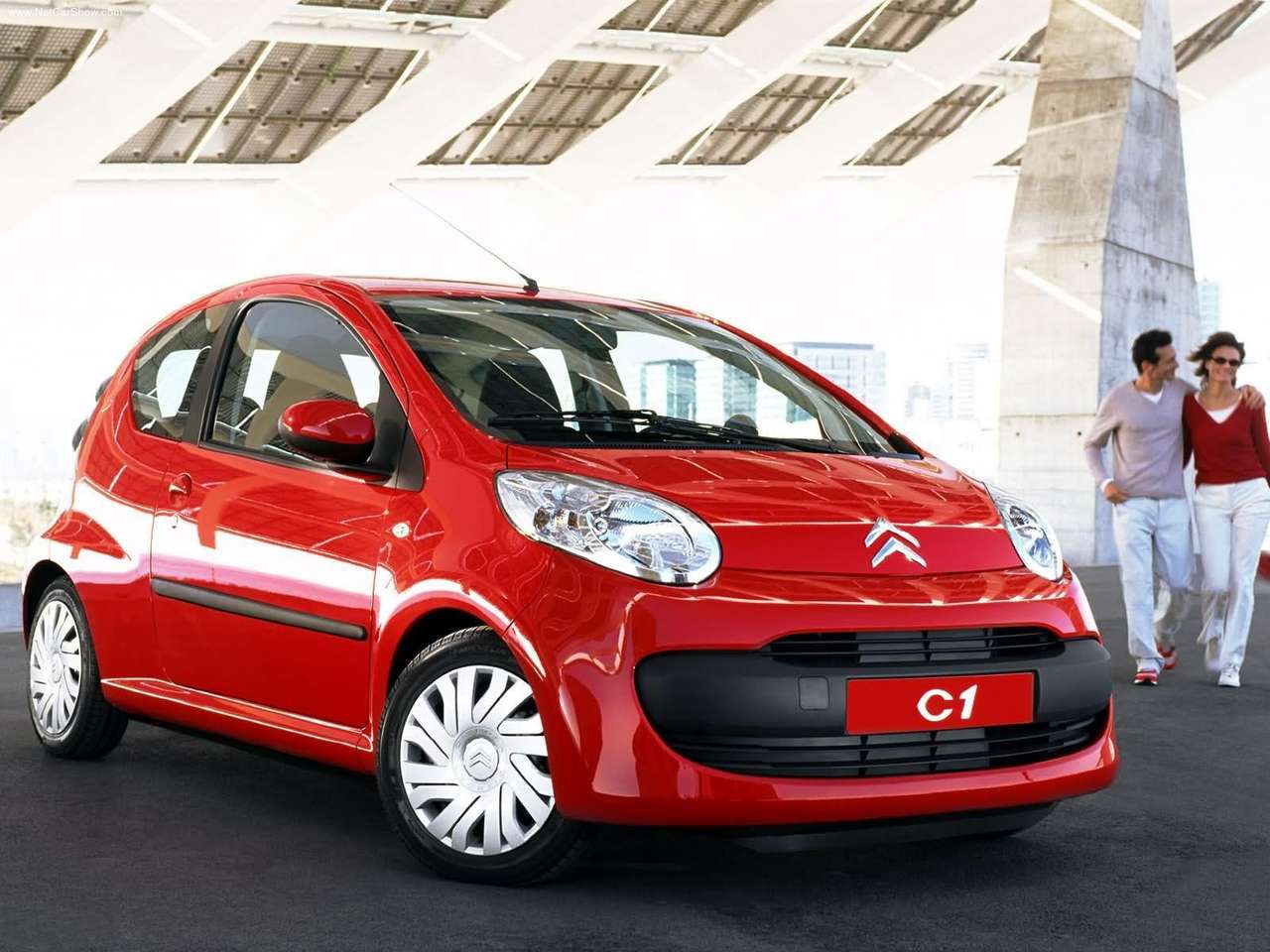
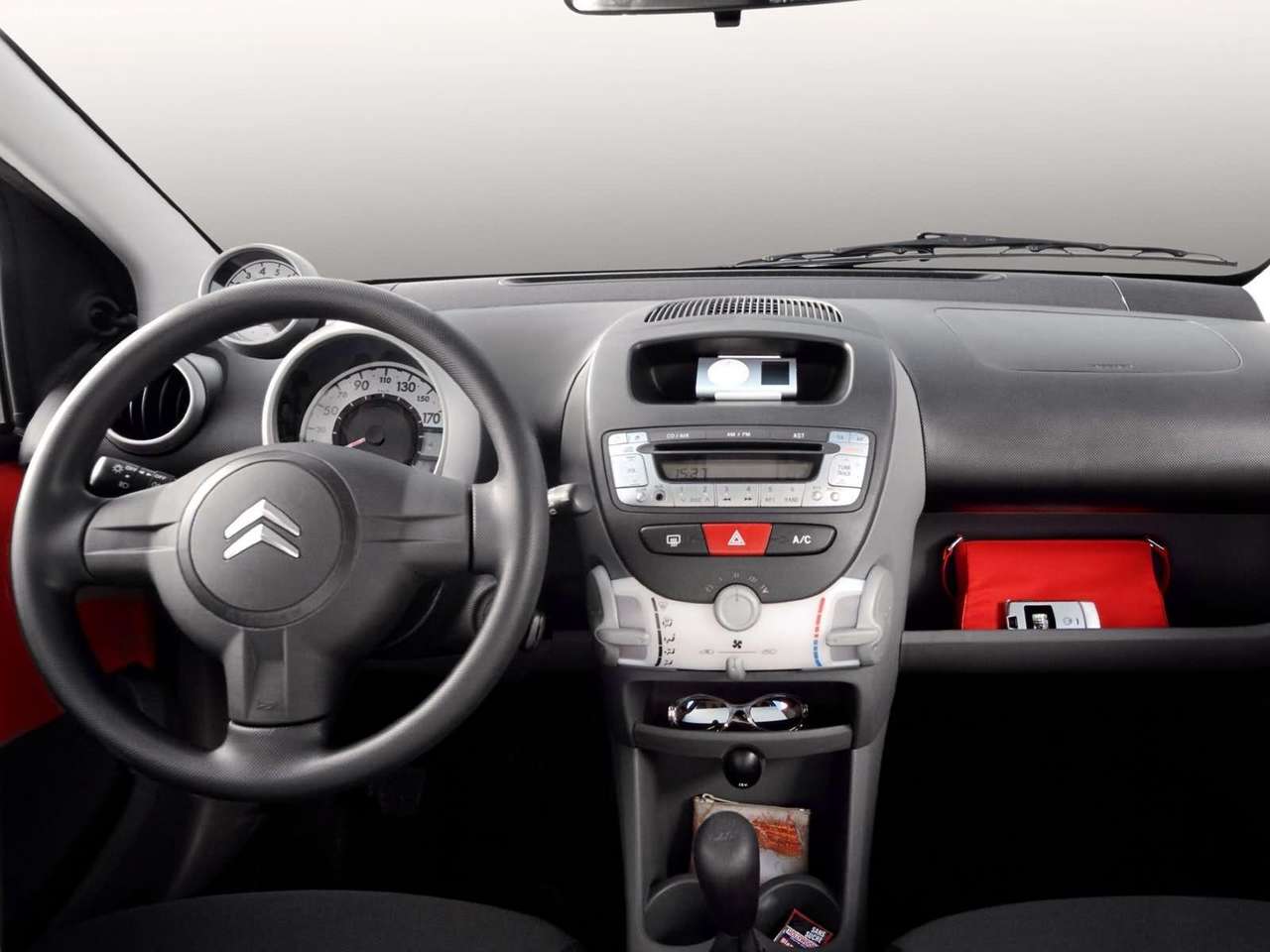
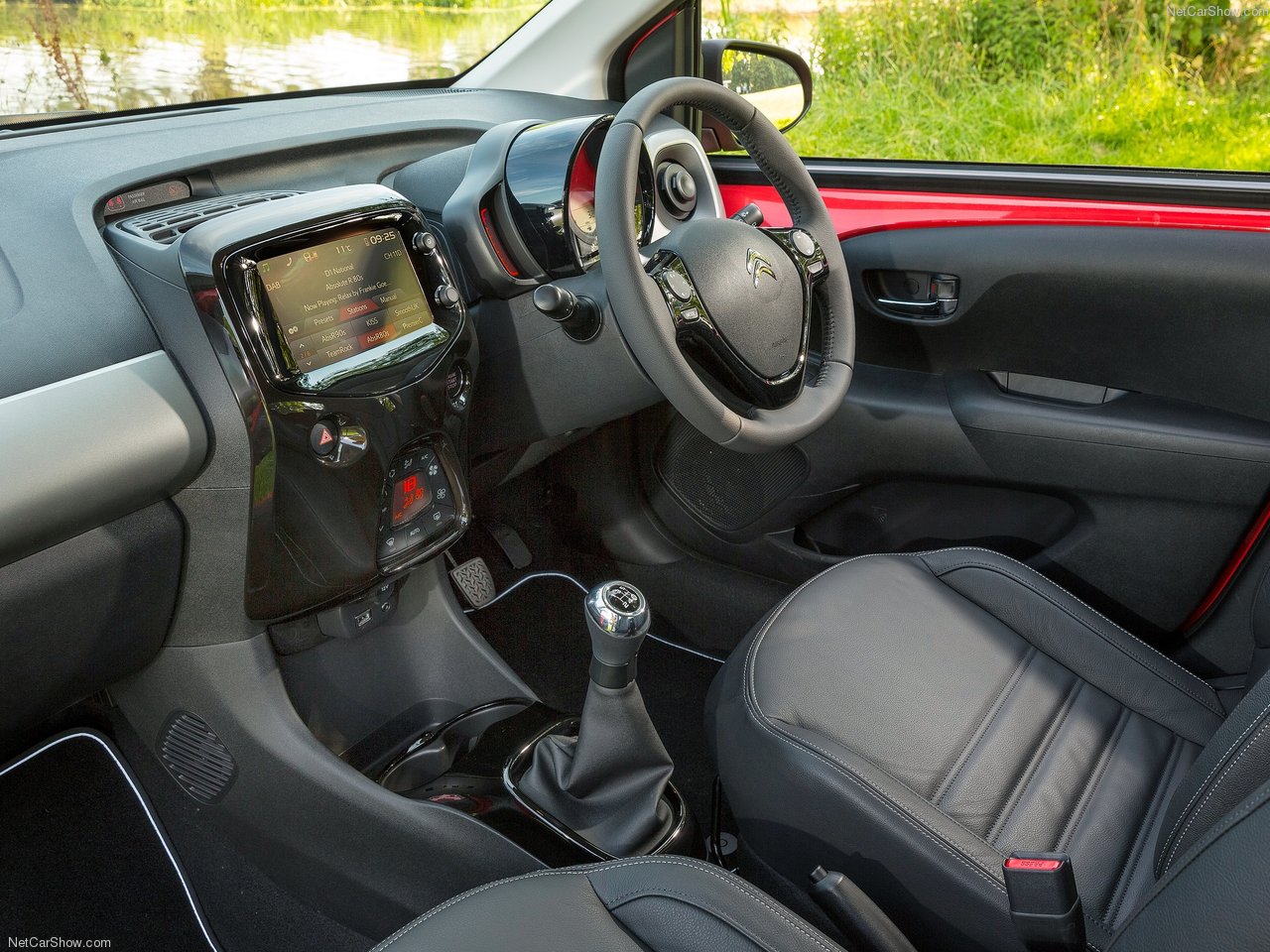
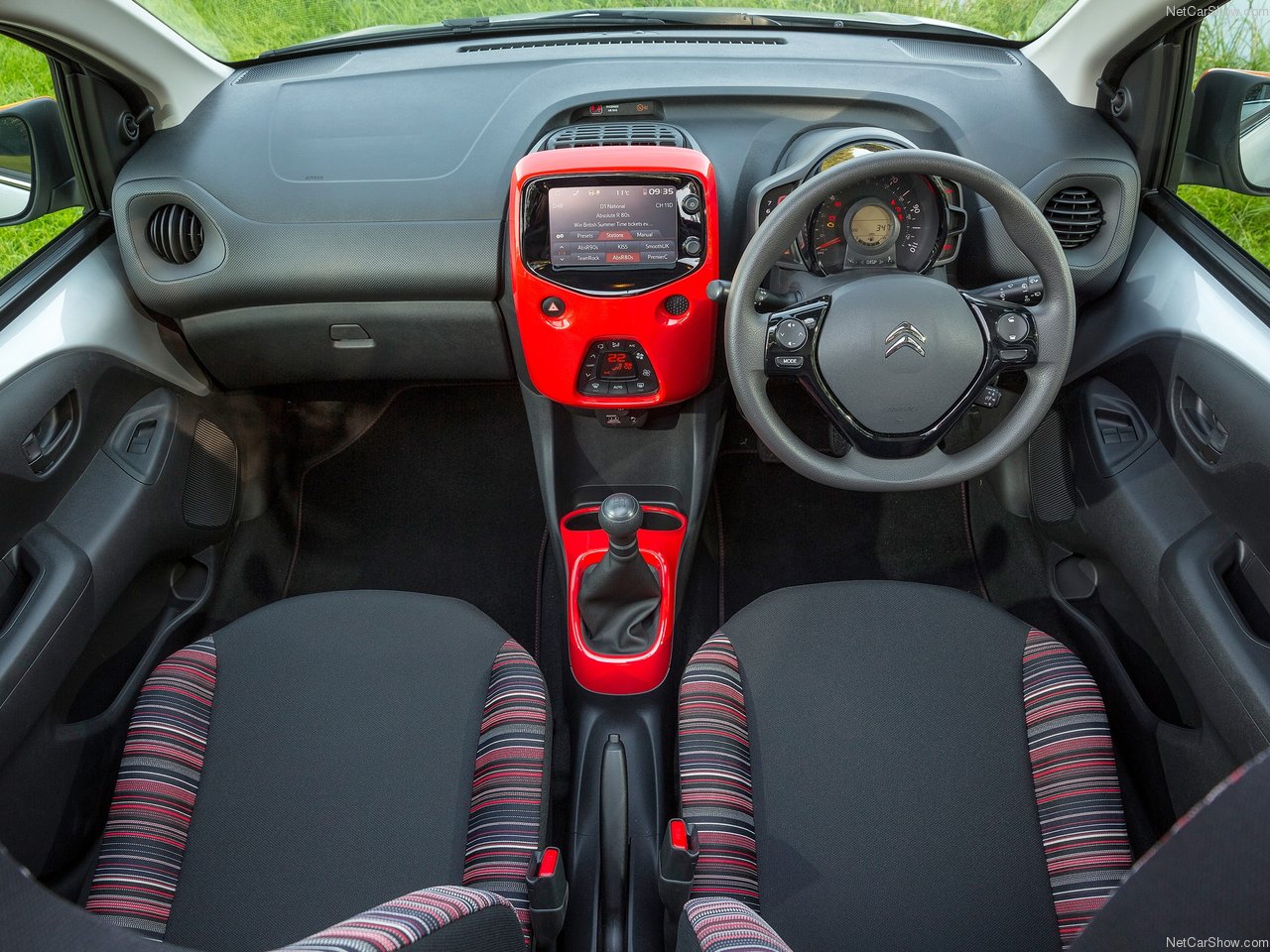

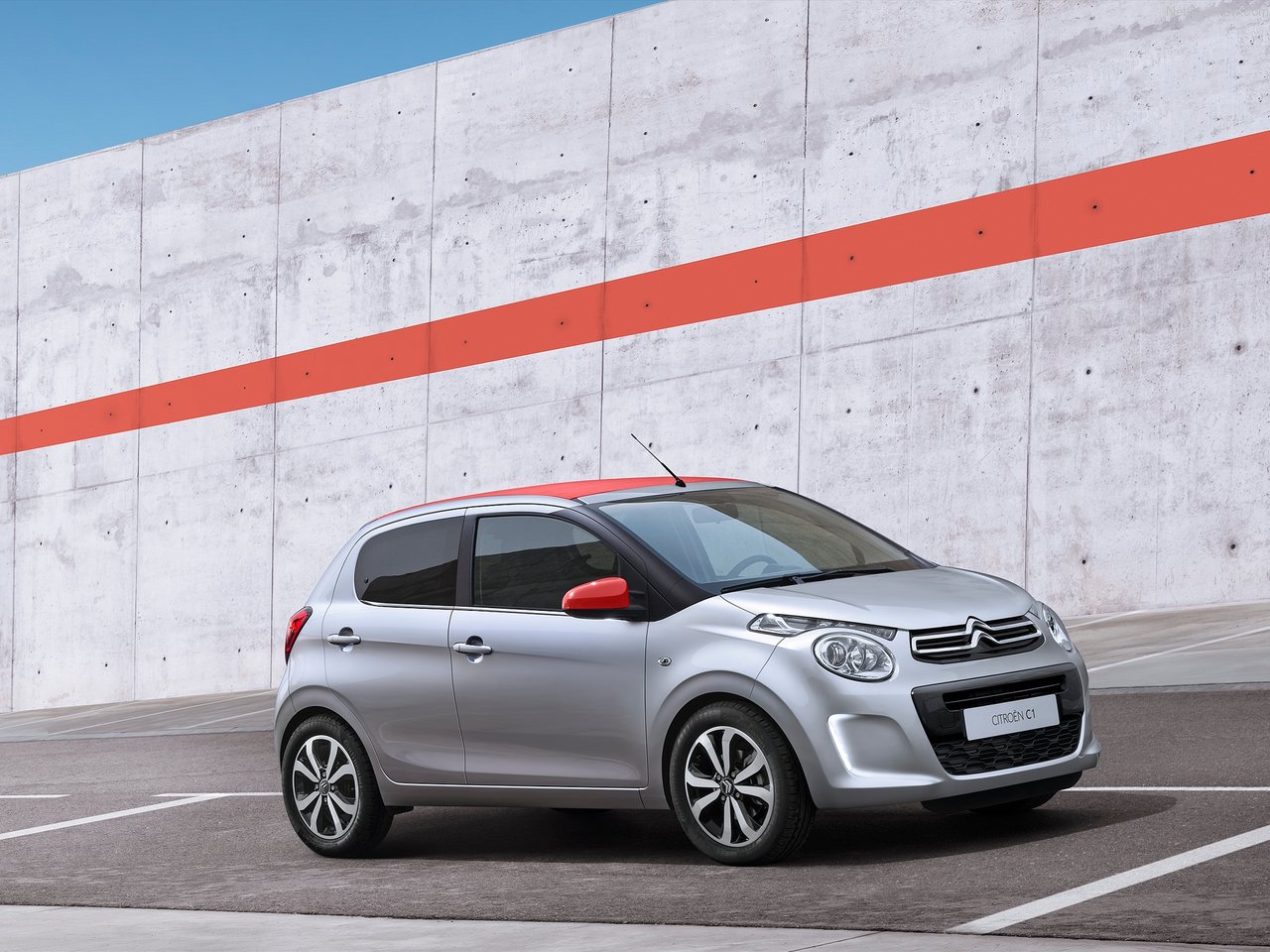
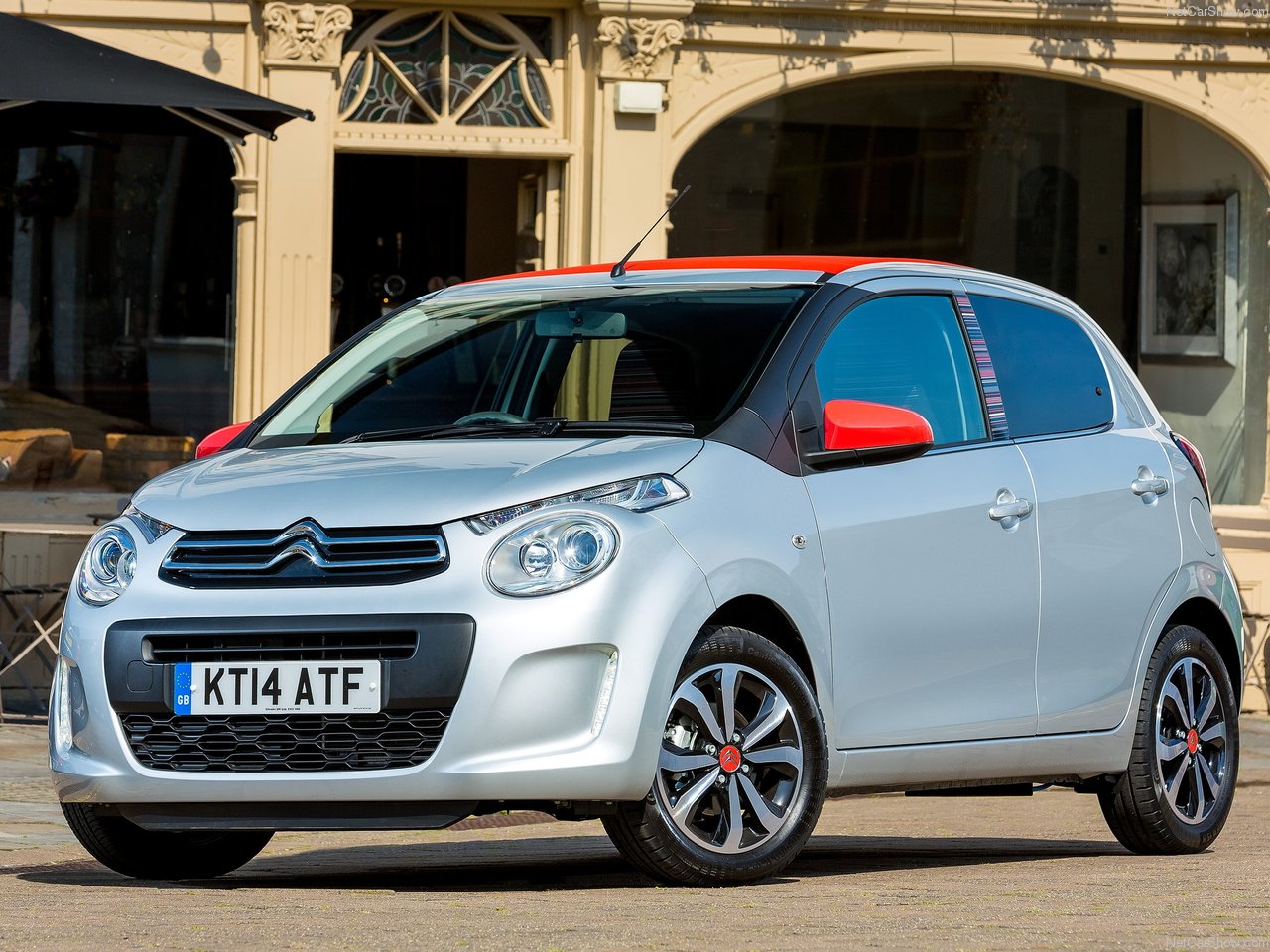
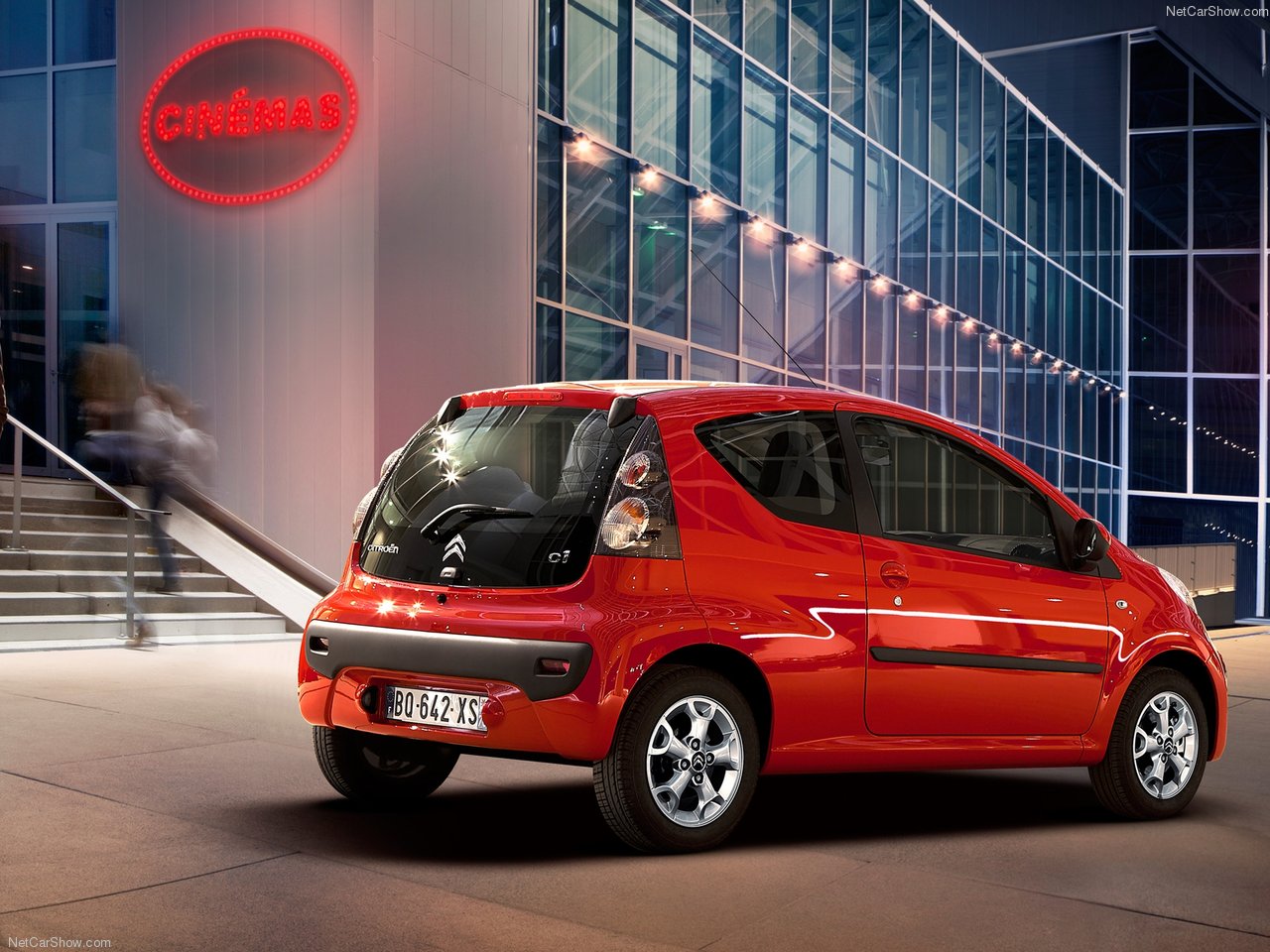
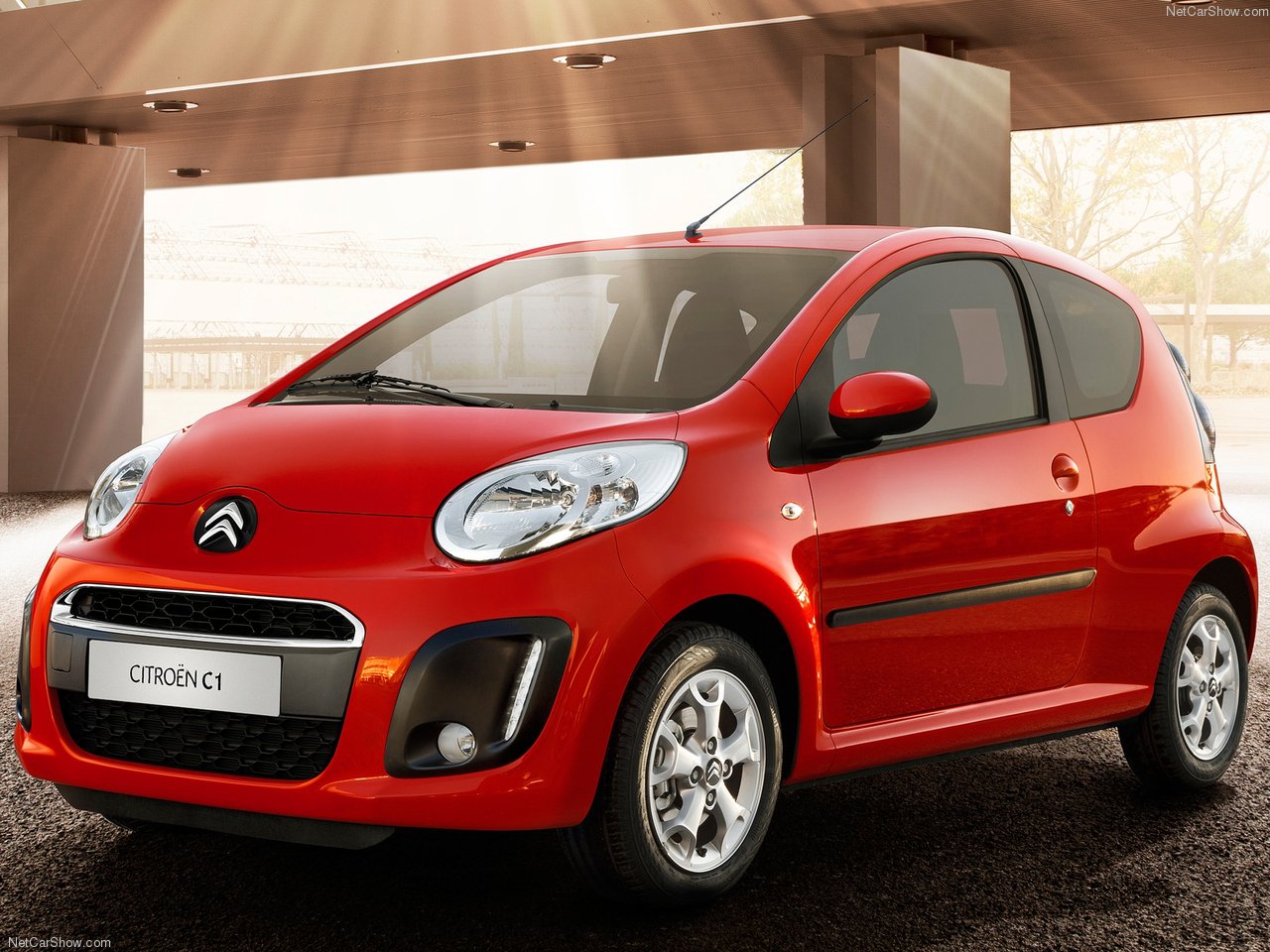
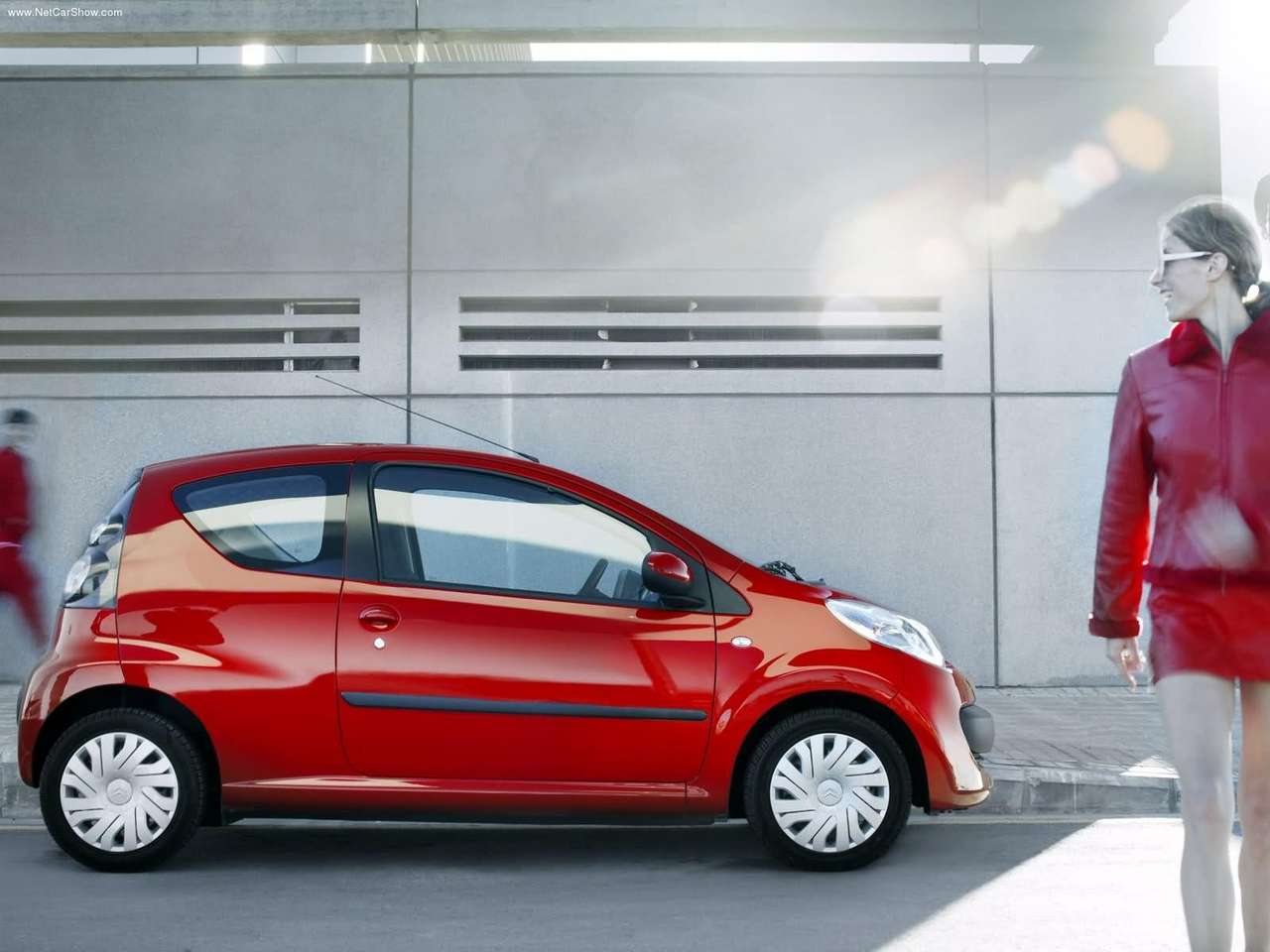
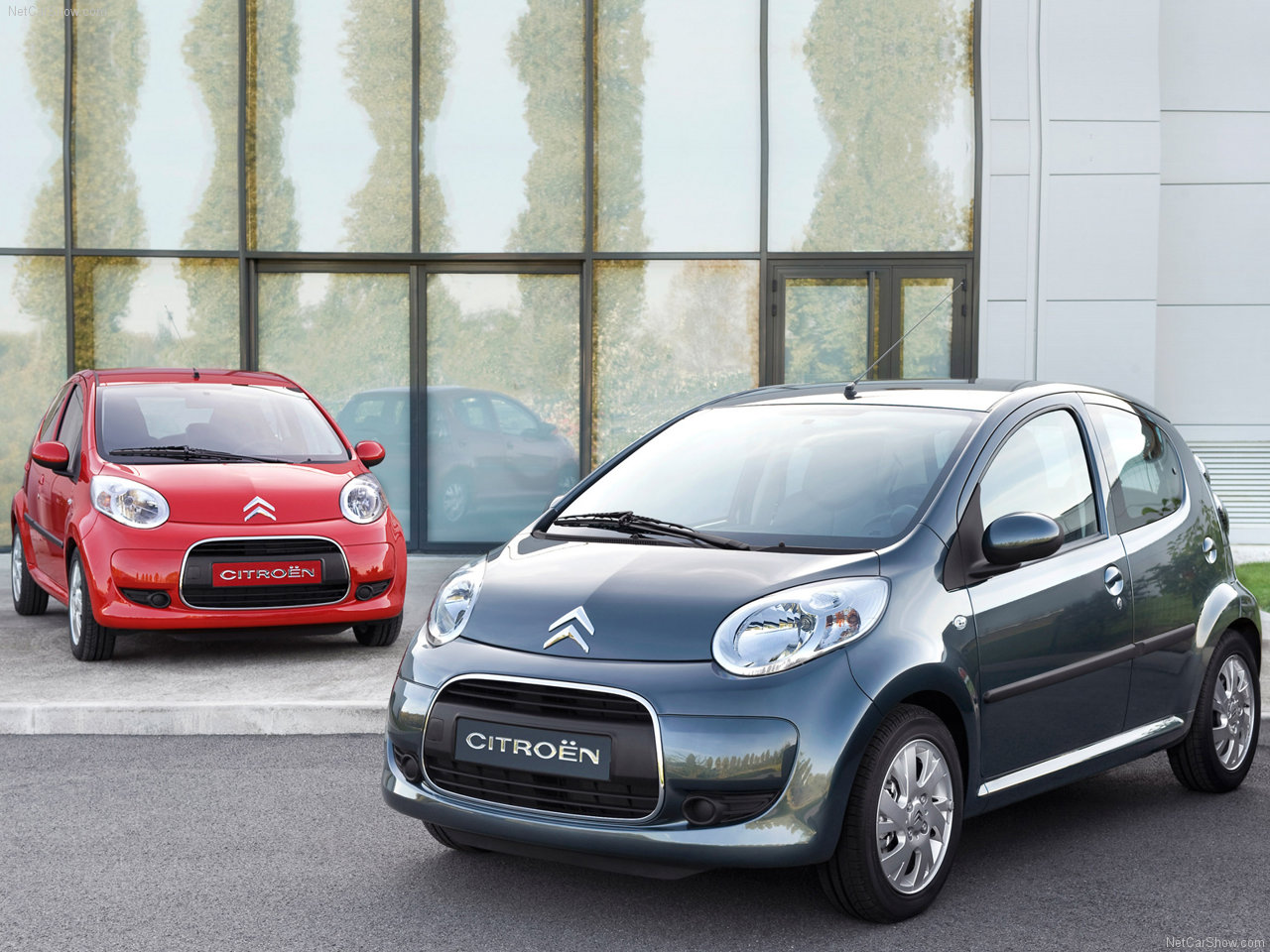
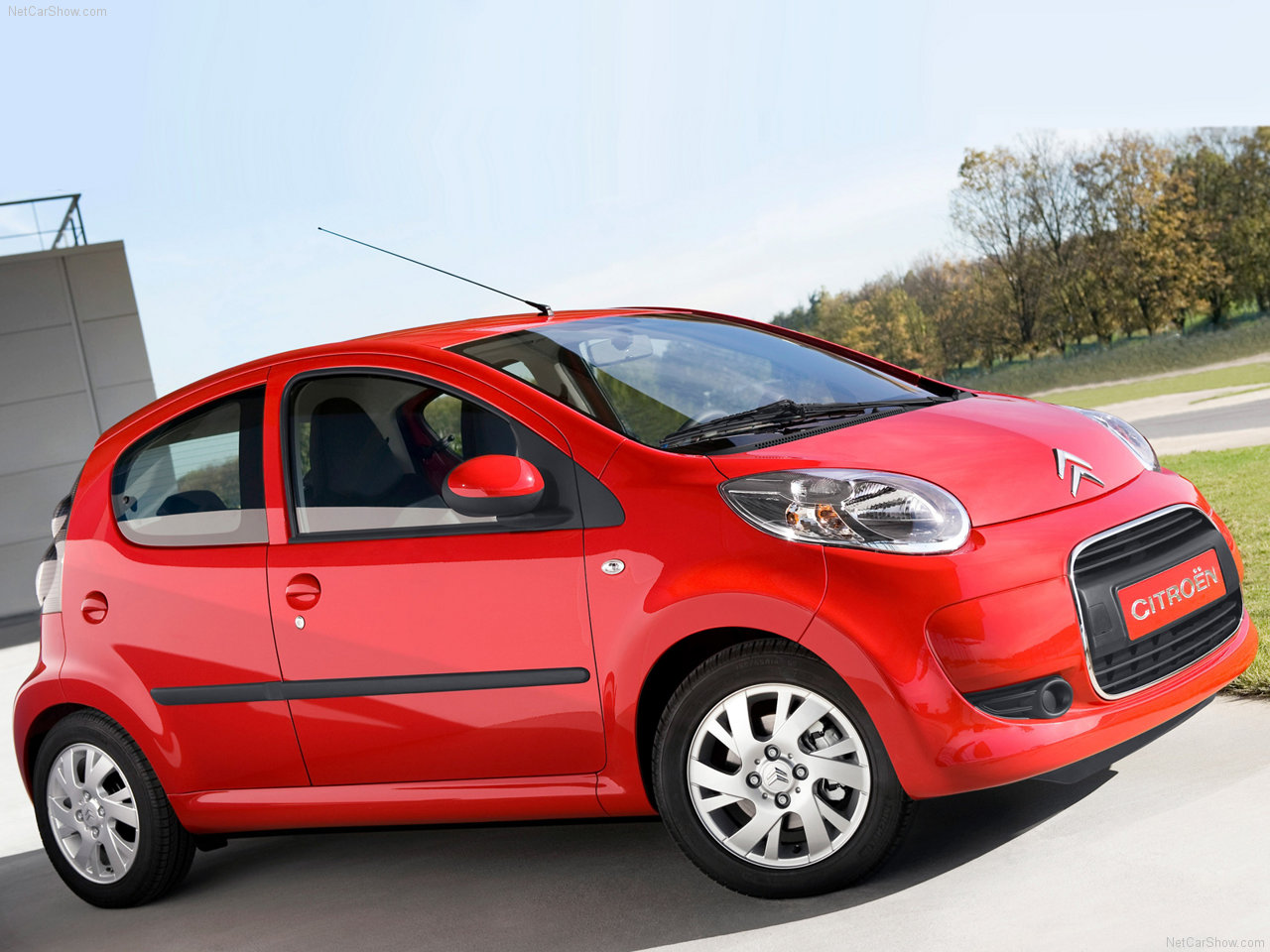
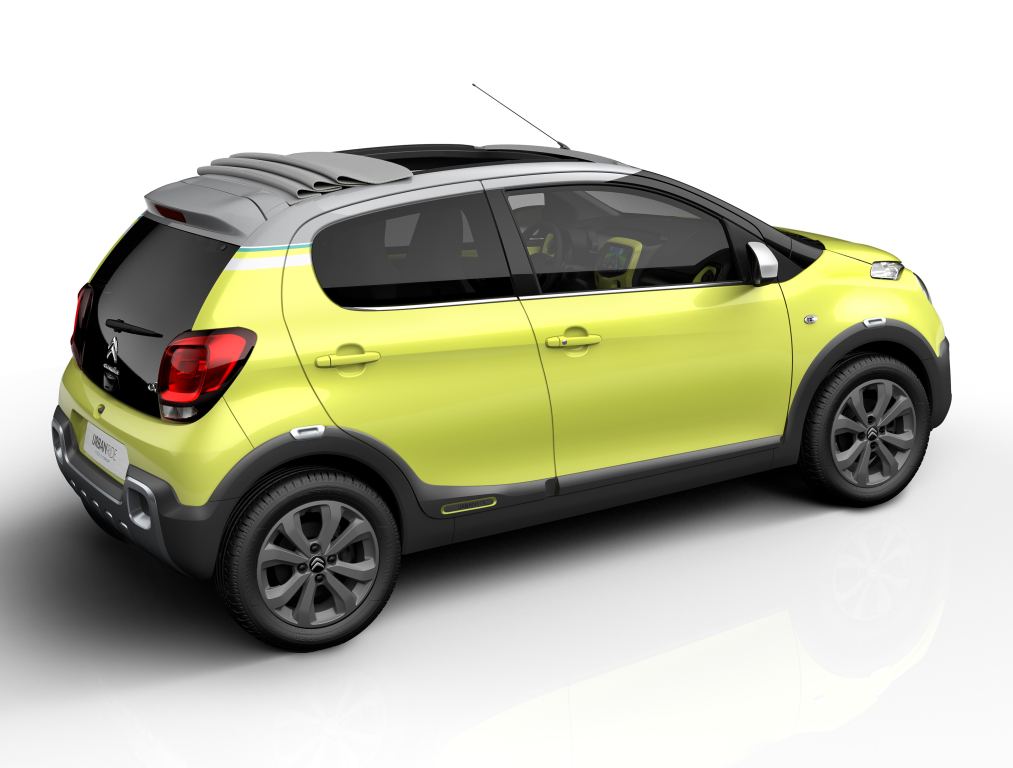
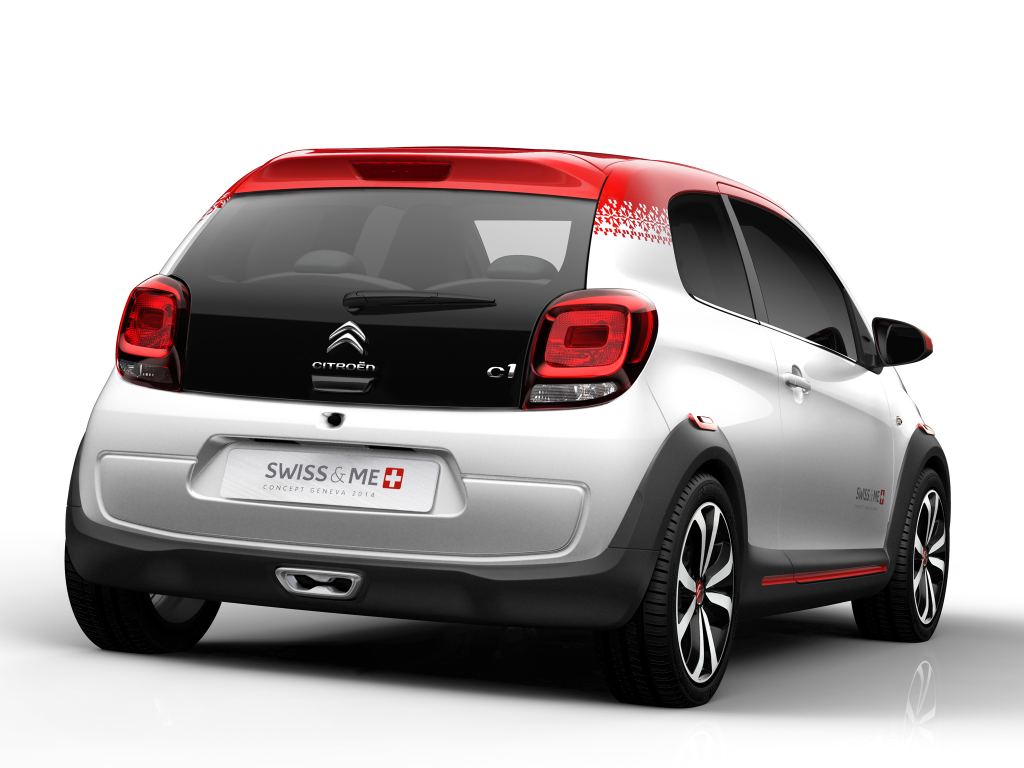
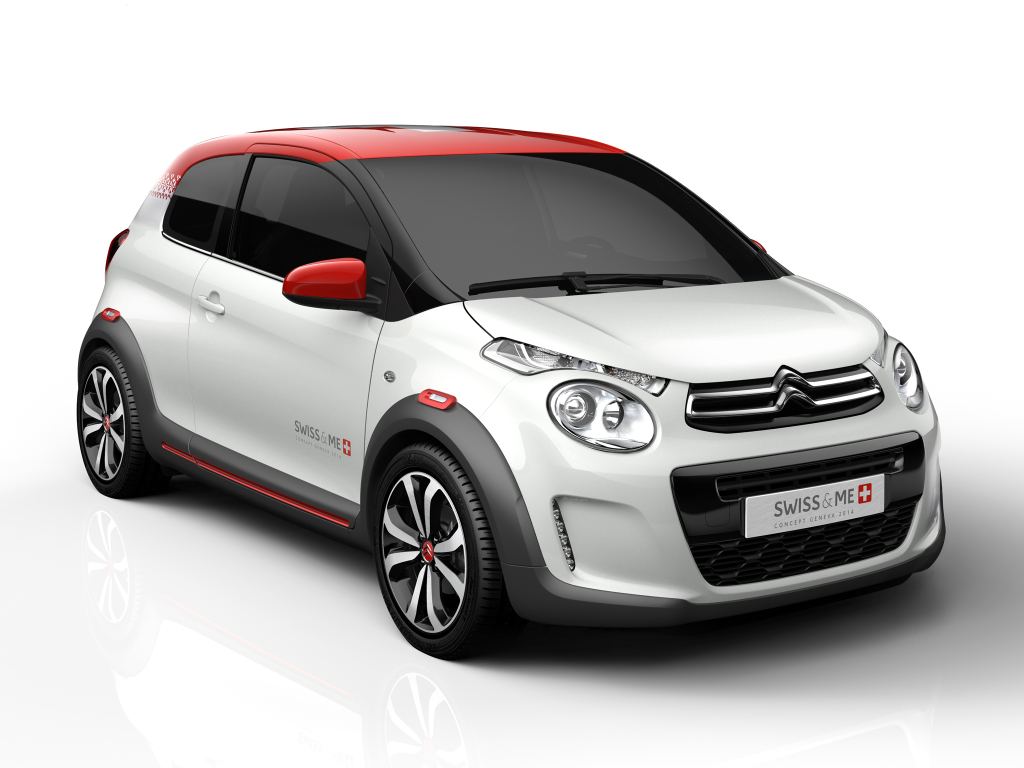
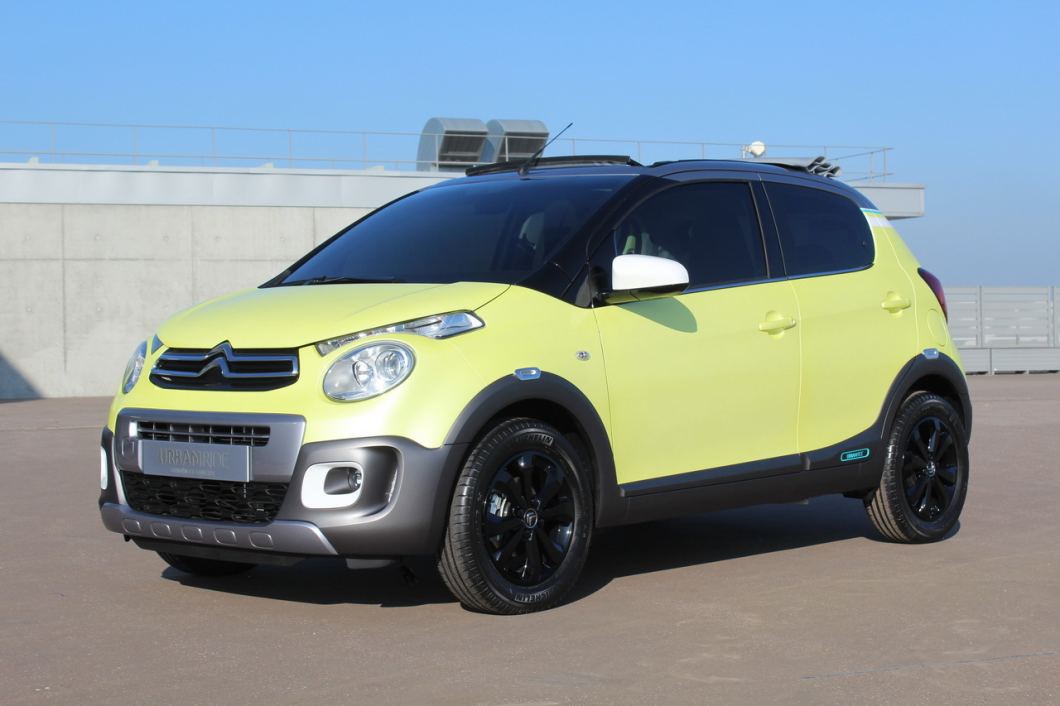




Comments